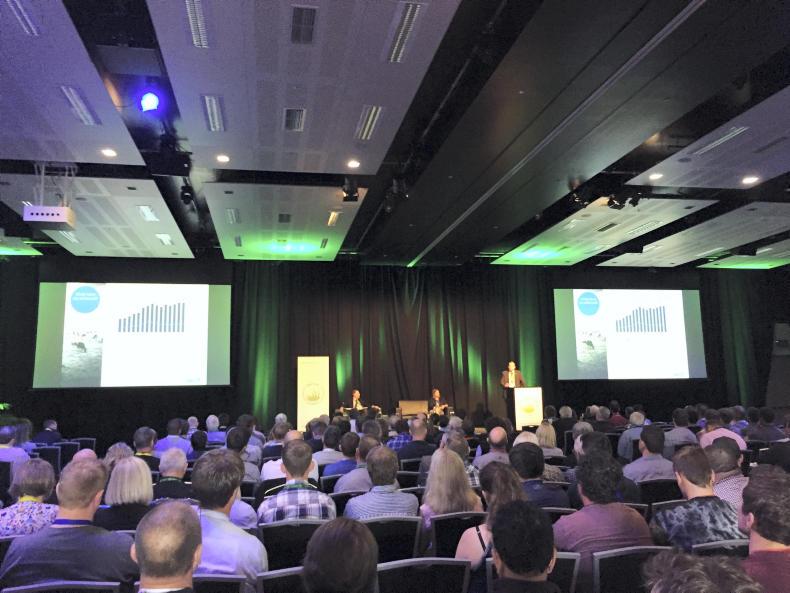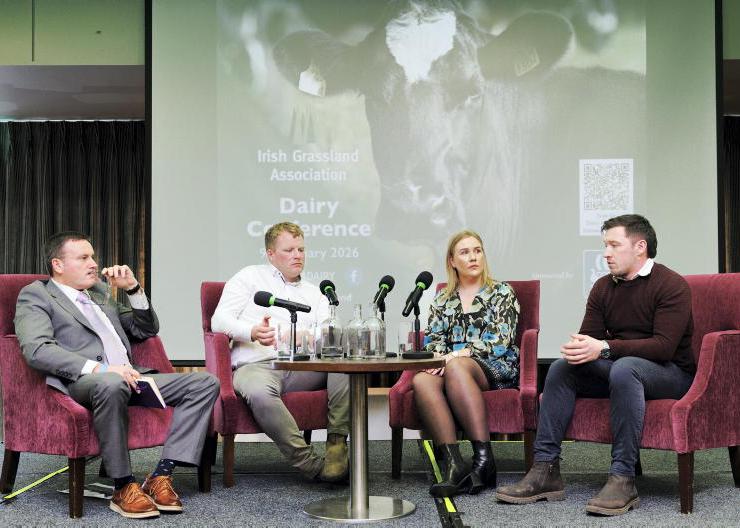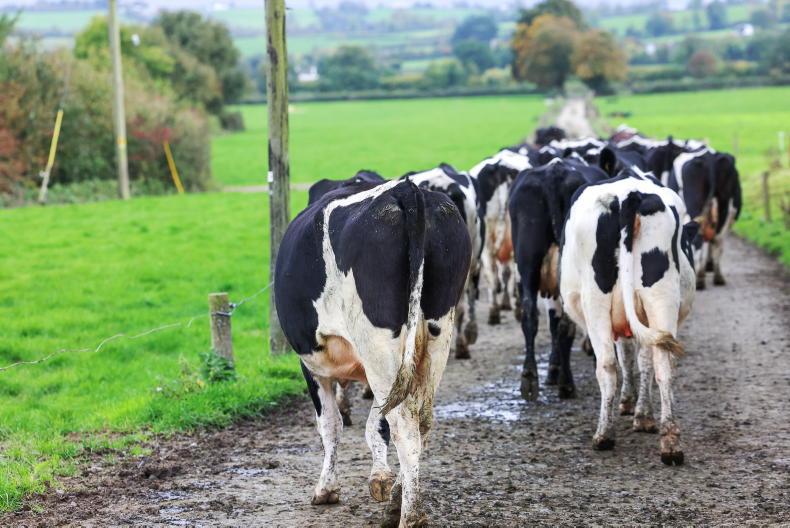Higher costs of production, increasing debt levels, dairy’s environmental footprint and difficulties attracting people to work on farms were topics discussed at the Pasture Summit conference in New Zealand this week.
Increased borrowing
Mark Grenside, from ANZ Bank, said that debt levels on New Zealand dairy farms increased by NZ$6bn (€3.58bn) during the two low milk price years of 2015 and 2016.
He said the increased borrowing was primarily used to fund cashflow on farms and that banks are unlikely to extend credit like this during the next downturn.
He said that all new banking proposals must allow for capital debt repayments.
For the last 20 years or so, most loans were interest only.
Reference was made to the amount of farms currently for sale in New Zealand, with anecdotal evidence saying that over 1,000 farms are currently on the market.
Opportunity
Leonie Guiney, who sits on the Fonterra board, said that this was an excellent opportunity for young people to take advantage of opportunity, but said that the traditional route to land ownership in New Zealand may have to change.
The health benefits of pasture-fed dairy products was outlined by Jeremy Hill of Fonterra.
He said that Fonterra’s customers see pasture fed as being only part of what they want, but that premiums are available in some markets.
The conference was held in Hamilton and Ashburton and will be on in Ireland in 2020.










SHARING OPTIONS